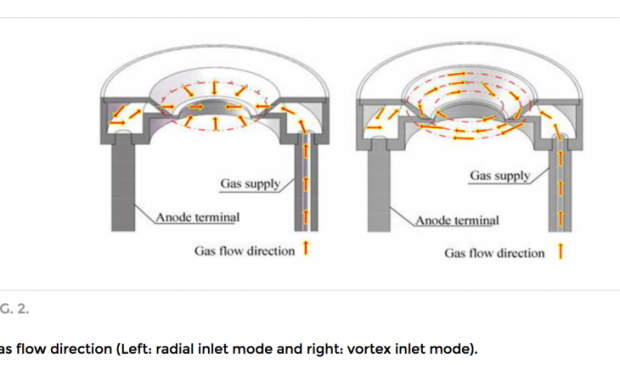
Breaking News
6.5x55 Swedish vs. 6.5 Creedmoor: The New 6.5mm Hotness
Best 7mm PRC Ammo: Hunting and Long-Distance Target Shooting
 Christmas Truce of 1914, World War I - For Sharing, For Peace
Christmas Truce of 1914, World War I - For Sharing, For Peace
Top Tech News
 EngineAI T800: Born to Disrupt! #EngineAI #robotics #newtechnology #newproduct
EngineAI T800: Born to Disrupt! #EngineAI #robotics #newtechnology #newproduct
 This Silicon Anode Breakthrough Could Mark A Turning Point For EV Batteries [Update]
This Silicon Anode Breakthrough Could Mark A Turning Point For EV Batteries [Update]
 Travel gadget promises to dry and iron your clothes – totally hands-free
Travel gadget promises to dry and iron your clothes – totally hands-free
 Perfect Aircrete, Kitchen Ingredients.
Perfect Aircrete, Kitchen Ingredients.
 Futuristic pixel-raising display lets you feel what's onscreen
Futuristic pixel-raising display lets you feel what's onscreen
 Cutting-Edge Facility Generates Pure Water and Hydrogen Fuel from Seawater for Mere Pennies
Cutting-Edge Facility Generates Pure Water and Hydrogen Fuel from Seawater for Mere Pennies
 This tiny dev board is packed with features for ambitious makers
This tiny dev board is packed with features for ambitious makers
 Scientists Discover Gel to Regrow Tooth Enamel
Scientists Discover Gel to Regrow Tooth Enamel
 Vitamin C and Dandelion Root Killing Cancer Cells -- as Former CDC Director Calls for COVID-19...
Vitamin C and Dandelion Root Killing Cancer Cells -- as Former CDC Director Calls for COVID-19...
 Galactic Brain: US firm plans space-based data centers, power grid to challenge China
Galactic Brain: US firm plans space-based data centers, power grid to challenge China
Improved ion thruster

Xenon is often used as a propellant for Hall Thrusters. This is accelerated by an electric field which strips electrons from neutral xenon atoms, creating a plasma. Plasma ejected from the exhaust end of the thruster can deliver great speeds, typically around 70,000 mph.
CHTs are designed for low-power operations while low propellant flow density can cause inadequate ionization—a crucial step in the creation of the plasma and the generation of thrust. A thruster's performance improves by increasing the gas density in the discharge channel, while lowering its axial velocity—the speed perpendicular to the thrust direction.
Physics of Plasmas – Effect of vortex inlet mode on low-power cylindrical Hall thruster a new propellant inlet mode for a low-power cylindrical Hall thruster called the vortex inlet mode. This new mode makes propellant gas diffuse in the form of a circumferential vortex in the discharge channel of the thruster.

 The State's Last Stand
The State's Last Stand


